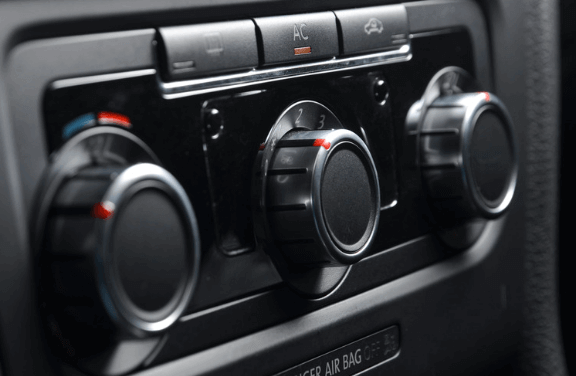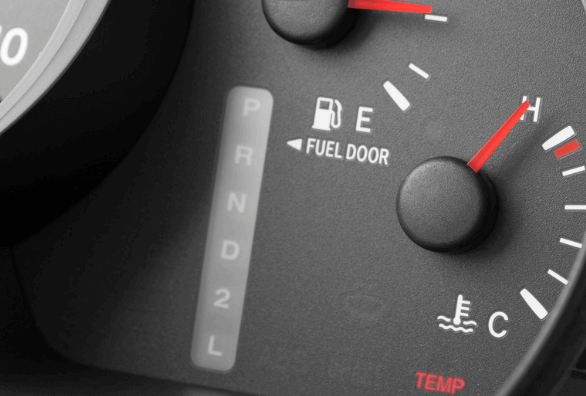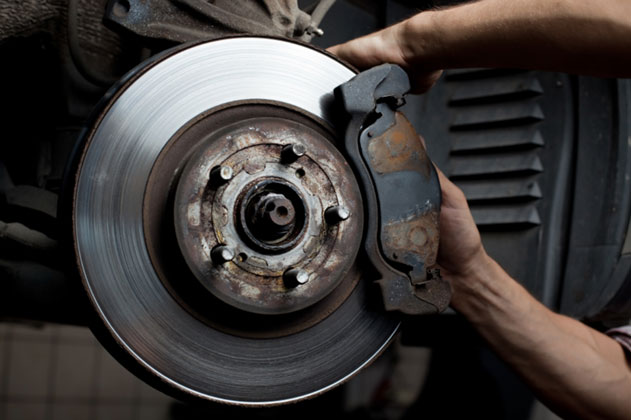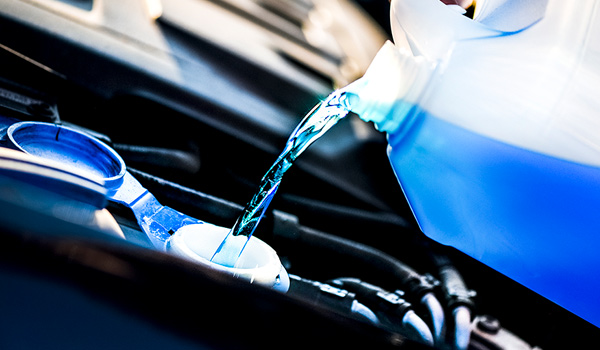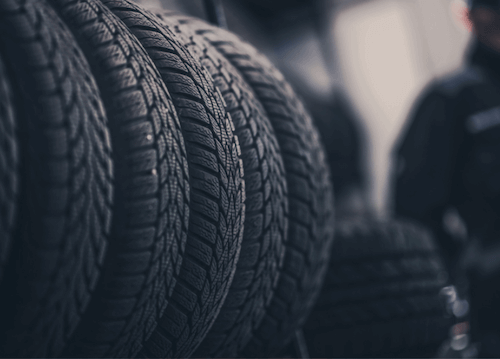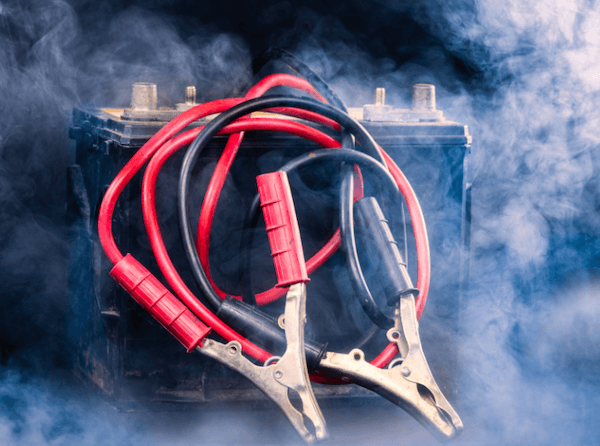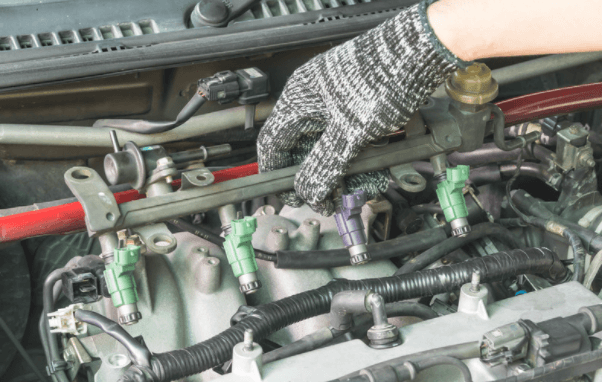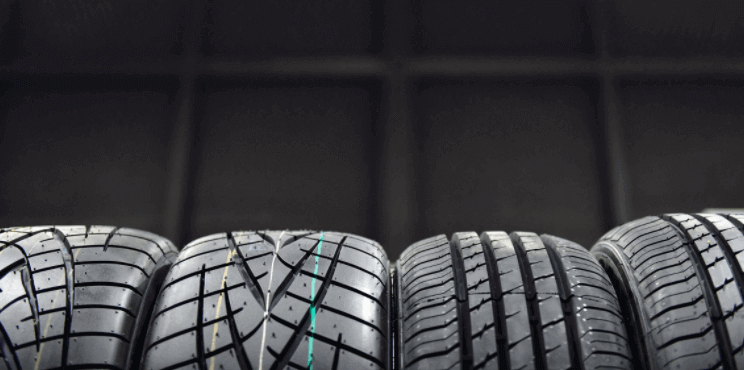If your car is struggling to keep you cool in the warmer weather, you need AC service. One question many drivers have is, “How much does car air conditioning repair cost?” The answer is more complex than it may seem, as your repair will tailor to your air conditioner troubles. Here is a look at three factors that can influence your car’s air conditioning repair costs.
1: Type of Freon
Air conditioning services often begin with a system check and freon recharge. One of the most significant influences on this AC service price is the type of freon it requires. While you might think that all air conditioning refrigerant is the same, there are three distinct kinds of car AC Freon:
- R-12 Freon: Cars produced before 1995 have the most expensive freon, the R-12. Because it has long been phased out, it is low in both demand and availability—driving the price way up. In most cases, when an R-12 HVAC needs service, drivers will choose to retrofit their vehicles with a newer air conditioning system.
- R-134a Freon: The most affordable freon is R-134a, which is the most common refrigerant used in vehicles on the road today. R-134a is the standard refrigerant for most vehicles manufactured between 1995 and 2021. Its wide availability and use make it both accessible and affordable. However, much like the R-12, the R-134a freon may rise in price as it continues to be phased out by the new R1234YF freon.
- R1234YF Freon: R1234YF is a newer eco-friendly refrigerant, but it also comes at a higher price—making it the second most expensive freon. Why? There is a similar demand issue with R1234YF freon: it is in high demand for manufacturers as it becomes the industry-mandated standard. Conversely, it is also in low demand for mechanics. Most vehicles on the road still use R134a freon, and newer vehicles are also far less likely to experience AC troubles requiring a refrigerant recharge. The supply/demand struggle here also drives up the prices of this freon.
For more information, you can read our guide to car AC freon here.
2: Finding and Repairing the Leak
In most cases, drivers attribute their car’s AC troubles to low freon. However, a freon refill is only the first step to this air conditioning repair. your air conditioning freon is in a sealed system: it recirculates the same refrigerant without requiring refills or replacement. If you are low on freon, it almost always means there is a leak somewhere in your car’s air conditioning system. The true cost of the repairs lies in finding and servicing the leak.
Your mechanic will add a special dye to your freon during the recharge. After driving your vehicle for a week or two, the dye will circulate throughout your system. Then, you can return to the mechanic to have a second air conditioner check. Under a UV light, this dye will show where your freon is leaking and how severe the leak is. Your mechanic will work with you to develop a repair plan and share the estimated costs of this service with you.
3: Replacement Parts Needed
In some cases, you may have a key AC component that is broken, failing, or leaking. AC parts prone to issues include:
- Sensors
- Hoses
- Condensers
- Dryers
- AC compressors
In these cases, your repair costs will be largely determined by the cost of your replacement parts and how time-consuming they are for professional mechanics to install.
Chapel Hill Tire: Local Car AC Service
If you need air conditioning service in Apex, Raleigh, Chapel Hill, Carrboro, or Durham—Chapel Hill Tire is here for you with our 9 Triangle-area locations. Our professional mechanics also commonly serve nearby communities, including Knightdale, Cary, Pittsboro, Wake Forest, Hillsborough, Morrisville, and beyond. Chapel Hill Tire offers a comprehensive array of car air conditioning services to keep you cool and comfortable this summer. We invite you to make an appointment, browse our deals, or give us a call to get started today!
